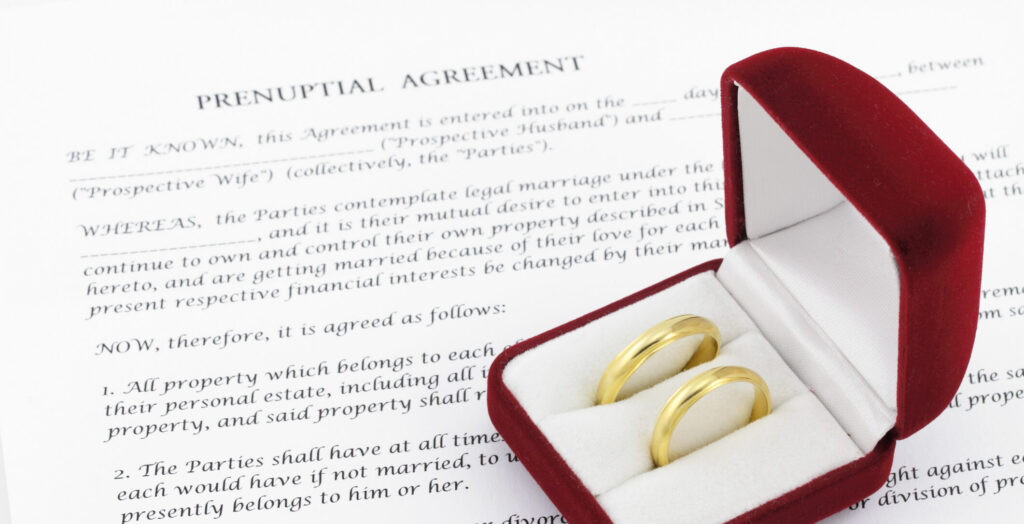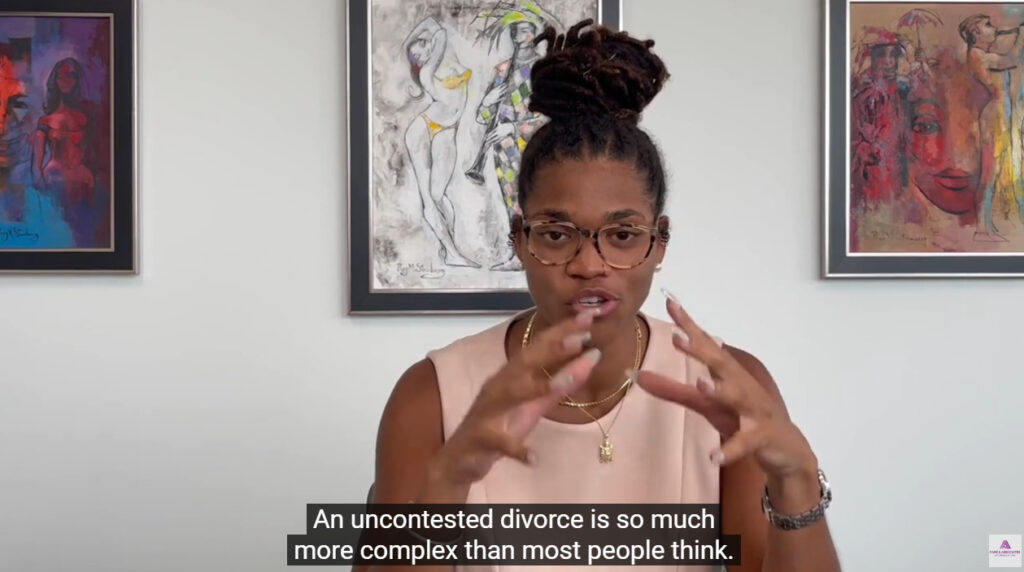Chapter 13 is commonly referred to as a “reorganization”. The debtor enters into a payment plan that is designed to pay a portion, or all of the individual’s debt. A Chapter 13 may be preferable to a Chapter 7 in instances where the debtor wants to save their home from foreclosure. If you have fallen behind on your mortgage payments, the mortgage arrears can be paid through the “plan”. If the bank started foreclosure proceedings, and you file bankruptcy, the foreclosure will stop, and you will have an opportunity to work with the bank and save your house from foreclosure.
In some instances, there is a second mortgage against the house, and that mortgage is completely unsecured because the value of the house is less than the first mortgage. In these instances, through a Chapter 13 Plan, the second mortgage can be “stripped” off the house, and placed in the plan with your other unsecured debt. The lender loses his secured status, and all of his rights to proceed against the house.
A Chapter 13 payment plan usually lasts between 3 to 5 years. At the end of your plan, any pre-petition debt that has not been paid back will be discharged.
Who is Eligible?
Chapter 13 requires that you use your regular income to pay the debts you owe, as opposed to liquidating secured property or assets, meaning that the first and primary requirement is that you are able to afford the payments required by Chapter 13. This usually means a steady, reliable job with a more or less consistent paycheck. Along with income restrictions, the courts also require that your secured debts amount to less than $1,149,525 with your unsecured debts amounting to less than $383,175. If your debts are over those amounts, you will be unable to file for Chapter 13 bankruptcy.
Advantages:
- You may be able to keep your home even if you are behind on mortgage payments.
- You may have the option to pay mortgage arrears over a period of three to five years.
- A foreclosure can be temporarily stopped by filing bankruptcy at any point prior to the sheriff sale.
- You may be able to strip off a second mortgage if the first mortgage pay off exceeds the value of your home.
- You may be able to keep your car even if you are behind on payments.
- If your payments for your car exceed the value you may be able to lower your payments.
- You may be able to reduce interest on your car loans.
Roles of the Trustee:
Once you begin your claim for Chapter 13 bankruptcy, you will be appointed a trustee who will oversee your case. The roles and rights of the trustee are varied, but they include:
- Presiding over the 341 meeting.
- Reviewing and approving the debtor’s repayment plan, along with making suggestions and changes based on your means.
- Receiving and distributing payments.
- Keeping track of when you fall behind on your payments.
- Keeping records and paperwork regarding your case, including final reports.
Choosing Between Chapter 7 and Chapter 13
It is important to note the differences between Chapter 7 and Chapter 13 bankruptcies before deciding which to use. Chapter 13 reorganizes your debt, meaning you still pay what is owed, but over a period of time and through your regular income without giving up your assets. Under Chapter 7, most qualified debts are waived after a liquidation of assets. So for individuals who have a consistent income and who wish to keep their home or car, Chapter 13 may be the best option. However, Chapter 7 may be preferred by those who want to cut down significantly on their debt without the continued burden of monthly payments. The choice largely depends on the details of your case, including the needs of yourself and your family. It is important that you do not make a decision like this without the input of an attorney.
Contact Paré & Associates, LLC (formerly Law Office Of Alice Paré) to hire a Chapter 13 Bankruptcy Attorney Montgomery County MD or Call us today at (301) 962-2492 to discuss your situation.





